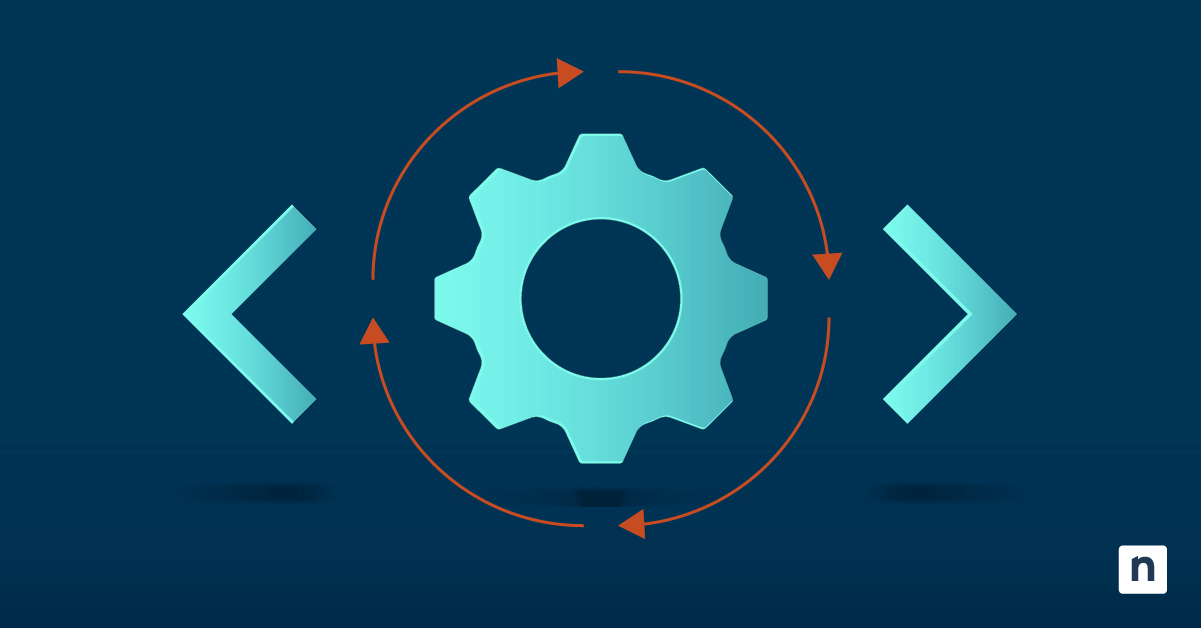IT service management (ITSM) is a multi-tiered process that covers the planning of IT operations from design and provisioning to handling support requests and managing ongoing expansion and maintenance tasks. Effective ITSM relies heavily on automation and intelligent solutions that allow streamlined teams to handle scaling workloads.
Modern artificial intelligence applications in ITSM are further enabling this scalability, giving cross-functional team members the additional resources they need to meet growing infrastructure requirements while handling support requests and overseeing existing assets.
This guide explains these technologies, how they benefit your IT operations, and how they can be implemented.
Top AI applications in ITSM
Traditional ITSM tools have always striven to automate as much as possible, but have been limited by the practical implications of previously available technology. As ITSM has a significant human element, its success is predicated on any tool’s ability to categorize the meaning and intent of an incoming support request. These tasks can increasingly be handled by emerging AI technologies like large language models (LLMs) and natural language processing (NLP).
This, combined with AI’s ability to process vast numbers of logs and other real-time information, is greatly reducing the amount of manual intervention to provide higher quality IT service operations, whether as an MSP or an in-house IT support team.
- Intelligent ticket routing powered by AI decision-making reduces the amount of time spent fielding incoming support requests, identifying the best agent to assign tickets to based on availability or skill set. By assigning tickets to the right agent, the probability of a ticket being fully resolved the first time results in an overall reduction of ticket volume.
- Virtual agents and chatbots can increase self-service and greatly reduce support agent workloads by automatically responding to common queries and assisting users just as effectively as their human counterparts. Helping users resolve their problems independently also greatly reduces ticket volume.
- Predictive analytics can analyze real-time data from your IT infrastructure, so that issues can be preemptively fixed by identifying the indicators of malfunction or malicious behavior before damage can be done. Usage analytics can also help with future capacity planning.
- Sentiment analysis can be leveraged to process user feedback and escalate support requests that are urgent, or remain unresolved after prior attempts, leading to end user frustrations. Sentiment analysis can also be used to measure user satisfaction KPIs to ensure that user moods are being directly addressed.
Endpoint security is also integrating new AI deep learning technologies for automated incident resolution with impressive results. By monitoring for suspicious behavior and taking automatic actions to stop it, remediation and response times are reduced, and the impact of cyberattacks is minimized or avoided.
Business benefits of AI in IT service management
ITSM is focused on the management aspect of IT operations. By reducing the amount of management overhead, team members are able to focus on more valuable and productive tasks such as deploying new hardware, fixing problems, and helping users.
This leads to reduced operational costs, more efficient teams comprised of multi-skilled team members, and faster ticket resolution (and increased end user satisfaction). AI in IT can also help increase self-service, as automated tools may be able to suggest solutions to users based on prior issues and existing information.
This can assist managed service providers to better meet SLA guarantees, and provide services for more customers. For internal teams, it can mean the ability to scale IT operations in growing organizations without having to increase the size of your team.
Challenges and considerations for intelligent ITSM solutions
The efficiency gained by implementing AI, including LLMs, in your ITSM operations can be lost if your processes and practices do not recognize the requirements of these new tools.
Data availability and quantity are key. Every AI tool requires a large data resource so that it can understand its environment and provide accurate information or respond to changing circumstances with the correct action. This makes it important that other tools in your toolchain provide a way for AI automation solutions to connect to them. For example, many cloud-based MSP tools provide APIs for accessing data, so that the AI always has access to the latest information in a structured format.
The ability for your organization and tech teams to evolve with changing user requirements and new technologies is also vital for success. This requires ongoing and well-organized change management processes, including a balance of automation and human intervention, and choosing the correct KPIs to track, so that what is important within your business is always prioritized. The most significant factor that affects these is tool choice: Your ITSM toolchain must be flexible and able to be adapted to new requirements.
ITSM automation real-world success stories
The benefits of enhanced ITSM automation are tangible. East Texas A&M is saving $58,000 annually by consolidating their stack: saving 4 hours a day per technician and achieving 120x faster MTTR using NinjaOne’s endpoint management, MDM, patch management, and remote monitoring and management solutions.
In the UK, the Kings Trust is benefiting from ITSM automation with 10 times faster endpoint management and 30 times faster and enhanced visibility using NinjaOne endpoint management and patch automation.
NinjaOne is joined by other leading ITSM platforms such as ServiceNow, BMC, and FreshService in integrating AI automation into the platforms.
The fastest way to AI-powered service desk tools in your organization
NinjaOne provides AI-powered service desk tools that are designed, developed, and maintained by ITSM experts. We work closely with our community of MSPs and tech teams for organizations both small and large.
NinjaOne also provides a complete REST API, allowing any compatible tool to connect directly to it to read and understand all the ITSM data for your organization, including device information, logs, support requests, and other information. NinjaOne also integrates with AI-powered endpoint management tools like Sentinel One and Microsoft Defender.
Deploying NinjaOne gives you immediate AI benefits with its included intelligent documentation and patching tools, and can be extended with other AI tools for your unique organizational requirements.








